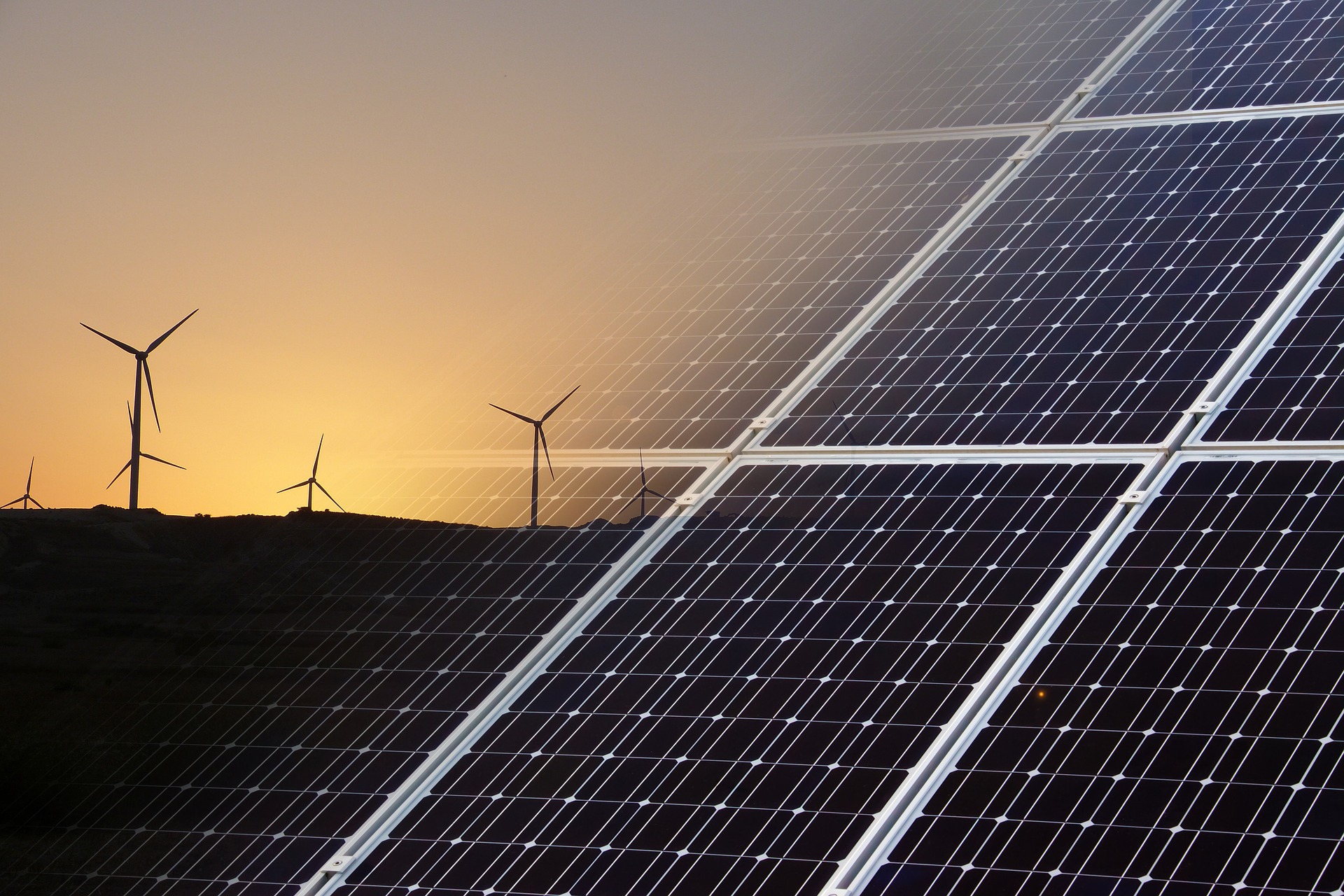We can only hope that the new policies will support only pandemic-resistant renewable energy sources. Market price pandemic, that is. Otherwise, certain technologies should be kept quarantined. Ad infinitum.
The year’s 2013. I was wondering what’s going to happen when the state-provided incentive mechanisms for the better use of renewable energy sources production technology ‘fade away’. I was wondering – only for the sake of an argument. It hasn’t even occurred to me that, ironically, we will be given the opportunity to stop and think and plan future policies.
In 2009, the Serbian Government published National Renewable Energy Directive, promoting electricity generation from renewable sources and combined production of electric and thermal energy. Simply put – they were opening up the possibility to produce electric energy using technologies mentioned in this document, and allowing their purchase at lower prices. Someone out there thought that this would encourage new technology development with hope and faith (and maybe a little bit of love) that their capital costs will decrease with time and that a day will come when we’ll generate energy using advanced technologies commercially.
I wasn’t old yet, but I was grumpy when I realised that electricity production technology used for small hydropower plants doesn’t really have an opportunity to advance and that biogas technologies already hang at the edge of theoretical physics. Hoping that they’d advance was no different from hoping that rubbing two eggs against one another will create a spark.[1] I spoke about the high operational costs of biogas technologies. The dogs bark, but the caravan moves on, and as they say, so does the show.
The year is 2020. The pandemic. Someone out there thought that they could hit the pause button on paying the renewable energy sources fees and instructed energy suppliers to sell their energy on the market. The UN published a socio-economic analysis on the impact of Covid-19[2], suggesting that wind, solar and hydro energy providers report lower income, but their business model is intact. Though one of the biomass suppliers is.[3] They are losing a lot of money on energy production but would lose even more had they stopped producing it.
Part of the problem is, they say, although difficult to understand why exactly, caused by the pandemic, but the other part actually comes as a consequence of long supply chain and high operational costs (drumroll, please). That’s what UN systems’ analysis tells us. A few years ago, that same system, in cooperation with the Serbian government, had a rather curious idea of funding biogas plants when the purchase price was too low to cover the energy production costs of this lovely, yet unsustainably expensive technology. They supported technology that makes losses by selling electric energy at the market price, which production, when the market price is lower than the costs, cannot be stopped. Technology without a future on the market.
[1] Hail Eric Berne and Ljuba Stojić
[2] https://www.rs.undp.org/content/serbia/en/home/library/crisis_prevention_and_recovery/covid-19-socio-economic-impact-assessment-.html
[3] “Therefore, wind, solar, and small hydropower producers only had to contend with reduced in- come during the State of Emergency (rather than a more systemic financial, business model, or liquidity issues). However, the situation was different for electricity producers from biogas.” COVID-19 Socio-Economic Impact Assessment, p. 37
Aleksandar Macura, Programme director, RES Foundation
This text was published for okruzenje.net

